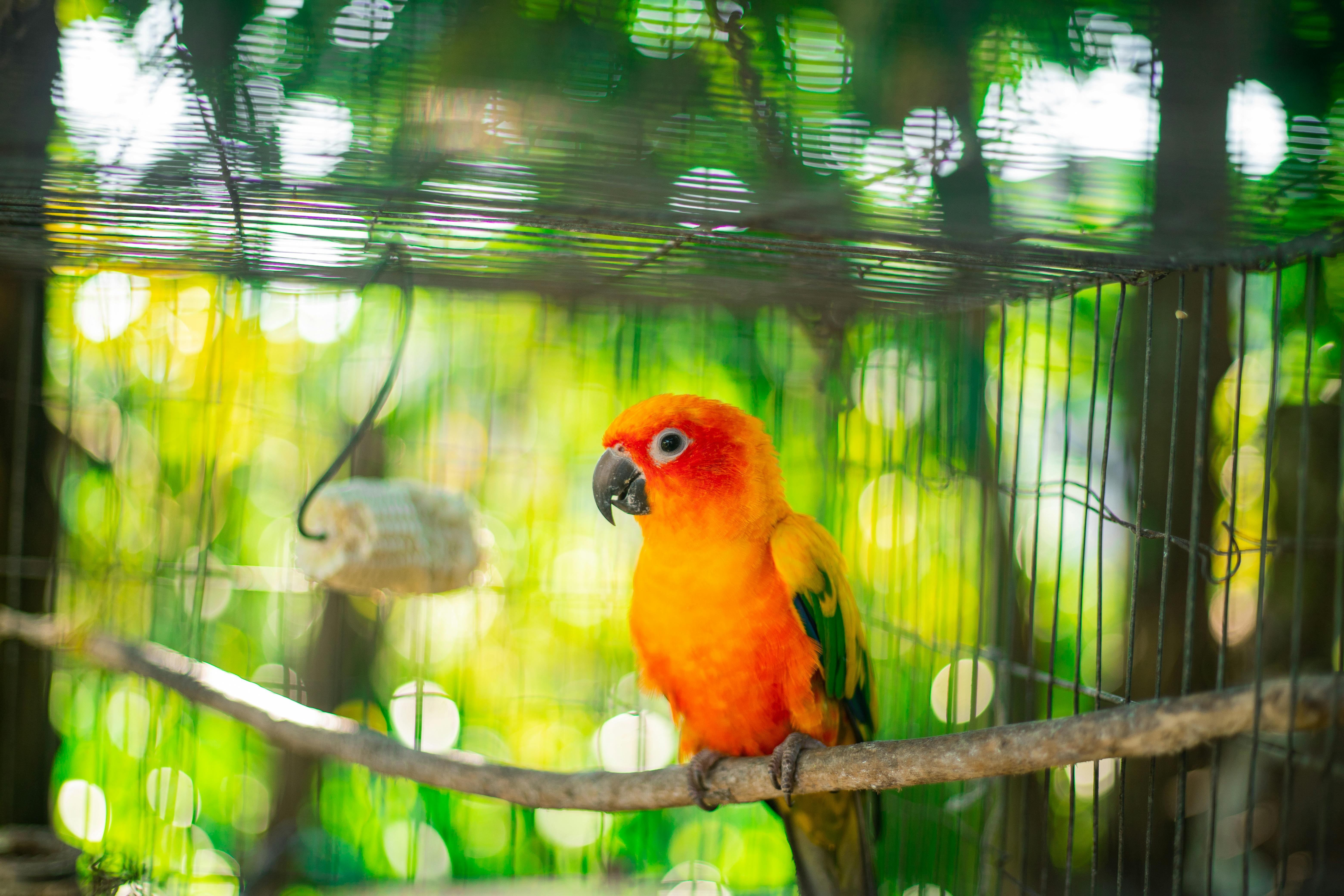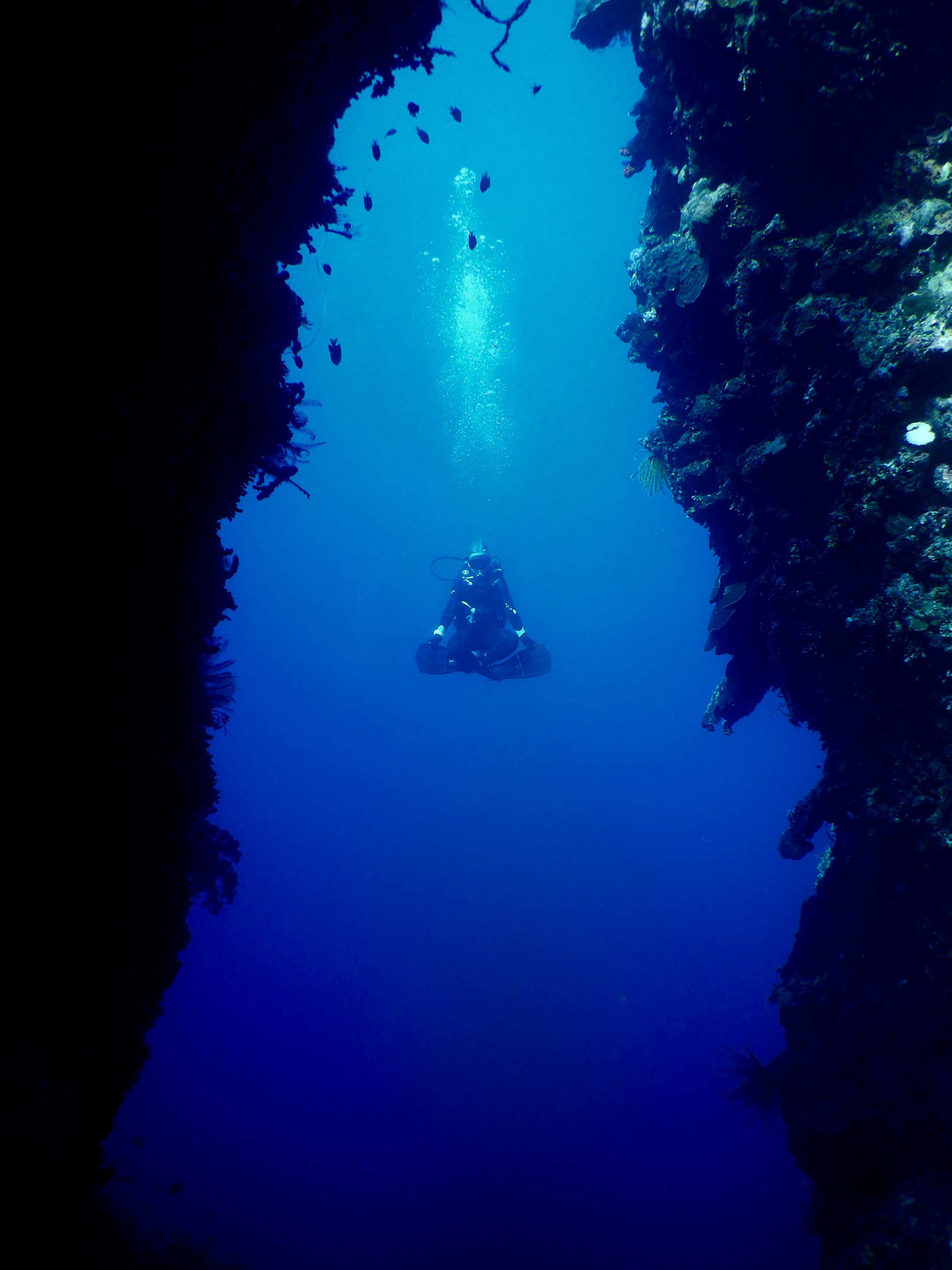
Smart Guide to Angelfish Tank Size for Optimal Care in 2025
Choosing the right angelfish tank size is crucial for providing a healthy environment for these beautiful freshwater species. Angelfish are known for their graceful swimming and dynamic personalities, making them a popular choice for both beginner and experienced aquarists. Understanding their habitat requirements, including water conditions, tank dimensions, and maintenance needs, can significantly enhance their quality of life. In 2025, as fishkeeping continues to evolve, optimizing the best tank size for angelfish has never been more important.
This comprehensive guide will delve into various aspects of angelfish care, including the ideal aquarium setup, filtration systems, and maintenance practices. By following these insights, you'll ensure that your angelfish thrive and exhibit typical behaviors, contributing to a vibrant freshwater ecosystem.
Expect to learn about the minimum tank size for angelfish, the parameters for a healthy angelfish environment, and the dynamics of creating a cohesive community tank. We will also offer practical tips on angelfish breeding and care, helping you set up the perfect habitat for your aquatic pets.
Let’s embark on this journey to understand how to create the optimal tank environment for your angelfish!
Understanding Angelfish Habitat Requirements
Before setting up your angelfish aquarium, it is crucial to comprehend their natural habitat. In the wild, angelfish thrive in the Amazon River Basin, where they inhabit slow-moving waters, dense vegetation, and a warm climate. Understanding these environmental aspects will greatly assist in replicating a thriving habitat in your home aquarium.
When selecting angelfish aquarium dimensions, consider that they prefer height over width. An ideal tank should have sufficient vertical space for swimming, as well as plenty of hiding spots created with rocks and plants. This combination will promote their territorial instincts while offering serene swimming experiences.
Furthermore, the angelfish tank height should ideally be at least 20 inches, allowing them the space needed for proper growth. A minimum tank size for angelfish is generally accepted to be 20 gallons. However, larger tanks, such as the popular 55-gallon option, are recommended for optimal well-being.
In addition to physical space, angelfish are sensitive to water quality. Regular testing will ensure that water parameters align with optimal conditions—temperature should range between 75°F-82°F (24°C-28°C), and pH levels should be kept between 6.5 and 7.5.
With these habitat requirements established, the next step involves determining the right tank size based on your angelfish population and tank mates.
Choosing the Best Tank Size for Your Angelfish
When considering the optimal tank size for angelfish, several factors come into play, such as the number of fish, tank companions, and the overall goals of your aquarium. Overcrowding can lead to stress and health problems; hence, keeping an eye on the angelfish density guidelines is essential for maintaining a thriving environment.
Generally, a good rule of thumb is to allocate at least 10 gallons of water per angelfish. For example, a standard 20-gallon tank can accommodate 1-2 juvenile angelfish adequately, but as they grow, a larger tank will become necessary.
While recreationally keeping angelfish, it is also essential to consider other fish species to create a community tank. The angelfish compatibility with other species will influence your tank size. Good tank mates include tetras, rasboras, and certain types of catfish, *but avoid aggressive or similarly shaped species*, as this can lead to conflicts.
On the other hand, if breeding is part of your plan, a separate breeding tank will be essential. Generally, a tank of at least 30 gallons is advisable to provide ample space for the breeding pair and their fry while reducing territorial conflicts.
Equip your tank with the appropriate angelfish aquarium equipment such as good filtration systems. A high-quality filter will keep the water clean and free of toxins, sustaining a healthy environment for your angelfish.

Setting Up Your Angelfish Tank: Essential Steps
To ensure a successful angelfish tank setup, follow these essential steps. After determining the dimensions and location for your aquarium, begin by assembling the necessary equipment, including a reliable filtration system, heater, and lighting.
Starting with the angelfish tank filtration system, choose one that supports biological, mechanical, and chemical filtration to maintain clean, healthy water. It is essential to cycle the tank before introducing your fish. Cycling typically takes 4-6 weeks to establish beneficial bacteria that handle the toxic ammonia produced by fish waste.
Next, consider the angelfish tank lighting. While angelfish prefer dim light to mimic their natural habitat, a lighting system should still allow for plant growth and visibility in the tank. Consider using LED lights with a light cycle that varies between 10-12 hours daily.
Landscaping your tank should include rocks, driftwood, and live plants, forming hiding spots and creating a more natural environment. Remember, angelfish can be territorial, so provide enough space for them to establish their territories without feeling crowded.
Finally, promptly carry out regular maintenance tasks such as water changes (10-15% weekly) and monitoring water parameters. Healthy water conditions significantly affect your angelfish behavior and growth patterns.
Maintaining Optimal Conditions for Angelfish
Maintaining your angelfish aquarium is essential for ensuring their health and longevity. Start with regular water quality checks, focusing on key parameters such as ammonia, nitrites, nitrates, and pH levels. Keeping these under control helps prevent diseases common to angelfish, such as ich or velvet.
Additionally, angelfish tank cleaning frequency should be consistent. Perform partial water changes weekly and clean the substrate and decorations as needed to prevent algae buildup and waste accumulation. During these cleaning tasks, monitor your fish for signs of stress or illness, as they may respond to changes in their environment.
Feeding is also an important aspect of angelfish care. Ensure you offer a varied diet that includes high-quality flakes, pellets, and occasional treats like freeze-dried or frozen foods. This diverse diet supports angelfish growth expectations and behaviors, enhancing their vitality and coloration.
It’s essential to manage stress factors in their environment, as stress can lead to health issues. Create a tranquil atmosphere by maintaining temperature consistency and avoiding sudden changes in water conditions, lighting, or tank mates.
In summary, maintaining optimal conditions for your angelfish is a continuous process involving regular checks, cleaning, feeding, and observing their behavior. By committing to this maintenance routine, your angelfish will thrive, creating a beautiful centerpiece in your aquarium.
Angelfish Care Tips for Success
To wrap-up, here are some key angelfish care tips that can help you enjoy the best aquarium experience. Firstly, always ensure you have enough space based on the number of fish you plan to keep, along with consideration for tank mates. This helps minimize territorial behavior commonly seen in angelfish.
Ensure your angelfish are healthy from the start. This includes purchasing fish from reputable sources, observing their feeding habits, and watching for any signs of distress. Quarantine new fish for at least two weeks before introducing them to your main tank to prevent any disease transmission.
Persevere in learning about angelfish breeding conditions, as breeding can be challenging yet rewarding. Set up a separate breeding tank to provide the best chance of success. Ensure optimal environments such as specific temperature ranges and hiding spots.
Invest in quality equipment for your angelfish tank. Good filtration, proper lighting, and suitable tank decorations can transform your tank into a vibrant ecosystem and help ensure your fish are content.
Lastly, enjoy the process! Observing angelfish in a well-maintained environment can be incredibly rewarding. Regularly check in on their health and well-being, and don't hesitate to reach out to communities for advice and support.

Common Questions about Angelfish Tank Size
1. What is the recommended minimum tank size for angelfish?
The minimum tank size for angelfish is typically around 20 gallons for a single fish or a pair, but larger tanks are preferable for better health and behavior.
2. How many angelfish can I keep in a 55-gallon tank?
In a 55-gallon tank, you can comfortably keep 4-6 angelfish, especially if they are juvenile or subdominant individuals.
3. What should I consider when choosing tank mates for my angelfish?
Choose tank mates that are peaceful and comfortable swimming at similar water levels. Avoid fin-nipping species or very small fish that may be viewed as prey.
4. How can I ensure the best conditions for my angelfish's growth?
Maintain stable water parameters, provide a varied and balanced diet, and allow for territory space to ensure optimal growth and health conditions for your angelfish.
5. What size breeding tank do I need for angelfish?
A breeding tank of at least 30 gallons is recommended to accommodate the breeding pair and their fry while minimizing territorial disputes.